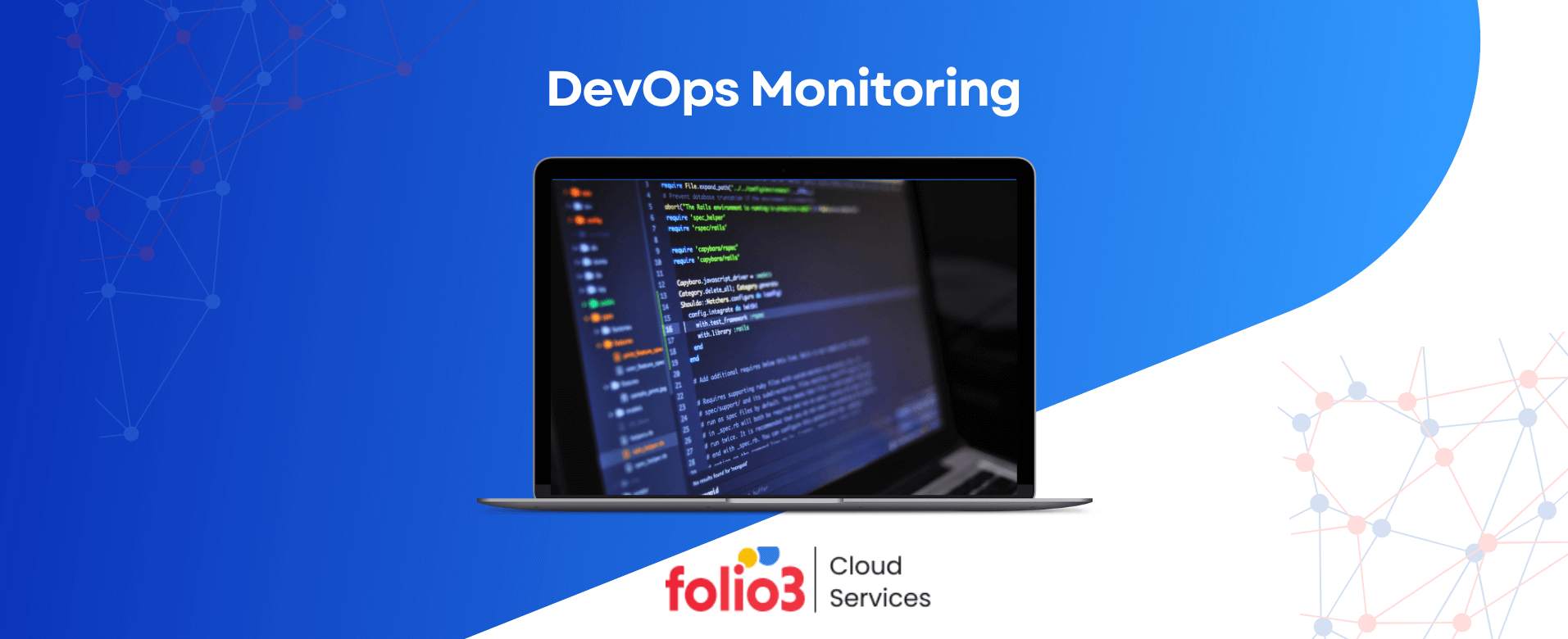Businesses are increasingly realizing the revolutionary impact of cloud computing in today’s fast changing digital landscape. Organizations may stimulate creativity, improve scalability, and optimize operations by using cloud technologies. For many businesses, cloud migration, the process of moving apps, data, and infrastructure from on-premises systems to the cloud is now a strategic necessity. To achieve a smooth and effective transition, it is essential to approach cloud migration with thorough planning and taking note of cloud migration considerations as there may be numerous benefits to cloud migration.
Understanding the essential factors for a successful transfer is essential because every organization’s cloud migration path is different. Businesses may negotiate the complexity of cloud migration by assessing the key considerations for cloud migration and fully benefit from the cloud by adopting a strategic approach, such as business objectives, security, cost implications, application compatibility, performance, data migration, and change management.
Migrate Your Business to the Cloud with Confidence
Migrate your business to the cloud with confidence with our cloud migration services.
7 Key Considerations for Cloud Migration
Seven important cloud migration considerations to take into account before a company migrates to the cloud are as follows
1. IT Infrastructure Assessment
One of the most important cloud migration considerations is IT infrastructure. Perform an extensive audit of your current IT infrastructure before moving to the cloud. Analyze the capabilities of your hardware, software, networking, and storage. Ascertain whether your infrastructure can support cloud migration and whether any changes or alterations are necessary.
This evaluation shows you whether your current infrastructure is compatible with the cloud environment and points out any modifications that are required for a seamless transfer.
Engaging with a cloud consultancy during this phase can help uncover hidden gaps and recommend optimal configurations for the migration journey.
2. Integration
Considerations for cloud migration include integration. When making the transition to the cloud, take into account the integration needs of your apps and systems. Determine whether any modifications or adaptations are required and how simple it is for your applications to interface with cloud services. In order to meet your integration needs, find a cloud service provider that provides reliable APIs, connectors, or integration tools. Collaboration and effective data flow between your on-premises and cloud-based systems are guaranteed through seamless integration.
3. Cloud Security and Compliance
A crucial component of cloud migration considerations, with the guidance of cloud migration consulting services, is security. Examine the security precautions that your preferred cloud service company offers. This includes assessing their vulnerability management procedures, access controls, network security protocols, and encryption technologies. Make sure that the provider conforms with any applicable industry standards or laws, such as HIPAA or GDPR. To defend your data and shield your organization from potential breaches or non-compliance issues, ensuring compliance practices is a top priority, and this is where cloud migration consulting services can play a vital role in helping you navigate and implement these security and compliance measures effectively.
4. Cloud Data Protection
While discussing the considerations for cloud migration, it’s also crucial to protect your data on the cloud. Analyze the data protection options that your cloud provider offers. Data backup and recovery tools, data retention guidelines, and encryption both in transit and at rest are all included. Know who will have access to your data and where it will be stored. Take the necessary precautions, such as tight access controls and data encryption, to guarantee the privacy, and integrity of your data during the migration process and after.
5. System and Application Compatibility
Another one of the important cloud migration considerations is the system compatibility. Evaluate how well your systems and applications work in the cloud environment. Think about the prerequisites, dependencies, and potential restrictions on a technological level. To maintain compatibility and best performance in the cloud, legacy systems or applications might need to be modified, reconfigured, or even replaced. Test and confirm your systems’ and applications’ compatibility in-depth to prevent disruptions and guarantee a smooth migration process.
Case Studies
Growth. Enabled.

Sunburst Type To Learn

InGenius Prep

Magento Cloud Migration

Nutrition Detection App
6. Governance and Access Controls
Establish stringent access restrictions and governance measures in the cloud environment. Establish precise rules and guidelines for controlling access, user roles, and permissions. Implement reliable identity and access management programmes to guarantee accurate user authentication and authorization. This aids in data protection, security standard compliance, and efficient management of cloud resources. You may reduce risks by establishing stringent governance and access rules.
7. Data Replication
Data replication entails generating and keeping copies of data across various places, either inside the infrastructure of the same cloud provider or in various geographical locations. In the case of a failure or disruption, it guarantees that data is available and consistent. The capacity to achieve high availability, and disaster recovery capabilities in the cloud is provided for organizations.
Cloud migration is a difficult process that needs careful planning and attention to be effective. There are several steps to checklist for cloud migration.
Cloud Migration Security Challenges
Cloud migration considerations also include the security challenges, which are as follows
1. Data Security
Security considerations for cloud migration and protecting sensitive data becomes a top priority when moving to the cloud. Data protection is a concern for both data in transit and data at rest. To protect their data from unauthorized access or breaches, organizations should think about establishing strong encryption technologies, access controls, and secure data transmission protocols. Maintaining control and visibility over data stored in the cloud, ensuring compliance with data protection laws, and reducing the risks associated with data loss or leakage are additional data security concerns.
2. Identity and Access Management
When we consider cloud migration security challenges, moving to the cloud makes it more difficult to manage user identities and access restrictions. To ensure proper user identification, authorization, and least privilege access, it is difficult to create and enforce reliable identity and access management (IAM) procedures. To avoid unauthorized access to cloud resources, organizations must adopt centralized IAM solutions, multi-factor authentication, and role-based access controls. As with cloud migration considerations, there are many issues, including managing user IDs across many cloud platforms, integrating with current identity systems, and maintaining uniform access controls.
3. Cloud Provider Security
Organizational reliance on cloud service providers for security of their cloud infrastructure and services is common. The difficulty, though, is in evaluating and confirming the security precautions used by the provider. The security capabilities, accreditations, and compliance of a cloud provider should be carefully considered by organizations. Making sure the supplier has strong security measures in place, performs frequent security audits, and maintains transparency when sharing security-related information is the difficulty.
How Folio3 experts can help you with Cloud Migration
Folio3’s team of knowledgeable experts can assist you in evaluating existing infrastructure, planning a tailored migration strategy, and carrying out the migration with the least amount of disturbance because they are familiar with the complexities involved in cloud migration. We place a high priority on security, making sure that your data and applications are safeguarded during the relocation process. We are skilled at customizing our cloud migration services to fit your unique needs.
Migrate Your Business to the Cloud with Our Services
Migrate your business to the cloud with confidence with our cloud migration services.
Conclusion
Key considerations for cloud migration cover a broad variety of elements that are essential for a smooth switch to the cloud. In order to make wise decisions and reduce potential dangers, a variety of aspects that are involved in the cloud migration process must be thoroughly assessed. Organizations can confidently navigate the cloud migration considerations, and taking into account many strategies, to assess public cloud migration process and considerations to reap the benefits of increased agility, scalability, and cost effectiveness by understanding the cloud migration process, aligning business objectives, addressing security concerns, analyzing costs, ensuring application compatibility, taking performance and scalability into consideration, planning data migration and integration, and implementing effective change management.

























